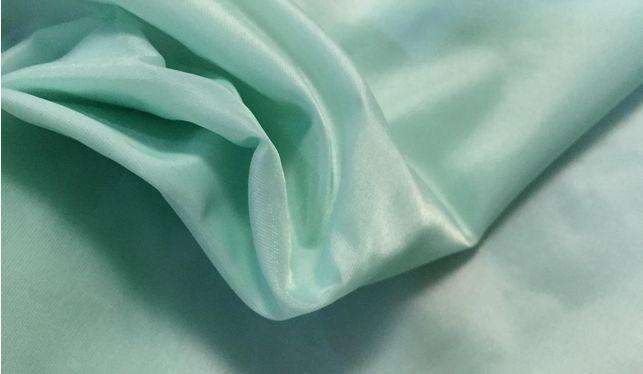Ways to improve the uniformity of nylon dyeing
The correct selection of dyes is a key factor in improving the uniformity of nylon dyeing. There is a wide range of dyes available for dyeing nylon fibers, among which dispersed dyes, anionic dyes such as acid dyes, 1:2 metal complex dyes, and preferred direct dyes are important.
Disperse dyes with simple molecular structures can mask physical and chemical differences in nylon fibers due to their non-ionic properties and low molecular weight, but this dye can only achieve moderate color fastness. Disperse dyes with complex structures can have good wet fastness when dyeing nylon fibers, but due to their high molecular weight, they can only mask chemical differences and cannot mask physical differences. The preferred direct dyes bring superior wet treatment fastness to nylon dyeing, and are economical for producing dark colored products. Compared with dispersed dyes, dyeing with bright dyes can obtain relatively more bright colored products (with better shade than dispersed dyes). Acid dyes are commonly used for nylon dyeing. Their advantages include easy coloring, deep color, simple dyeing procedures and requirements, good wet fastness of the dyed product, but poor uniformity compared to dispersed dyes.

The leveling ability of various dyes on nylon fibers is generally as follows: dispersion dyeing>acid dyes>reactive dyes>neutral dyes>direct dyes. At present, acid dyes such as Tectilon, ErionylA, LanaSet, and low-temperature disperse dyes are commonly used for nylon with good dyeing performance and high color fastness.
Article source: Nylon colored yarn
-
05-27
The reason why fabrics containing spandex are prone to yellowing
Spandex is a commonly used fiber variety in our daily lives, characterized by good elasticity, low fineness, high elastic modulus (cracking elongation can reach 400-800), and low specific gravity. Spa
-
04-24
Colored non dyed nylon with synthetic fiber raw material
The current conventional fiber coloring mostly uses yarn dyeing method, which has long process, high loss, high cost, and the product has color difference and low color wash fastness. Yarn is prone to
-
03-26
What are the characteristics of non dyed spandex?
Non dyed spandex has also been widely used in recent years. Non dyed spandex fiber can be blended with fibers such as nylon, polyester, acrylic, cotton, wool, etc., which can give fabrics excellent el
-
02-24
The influence of yarn structure on fabrics
The basic characteristics of yarn include its appearance and shape, twisting characteristics, fiber transfer and distribution characteristics in the yarn, as well as the surface fuzz and internal loos
